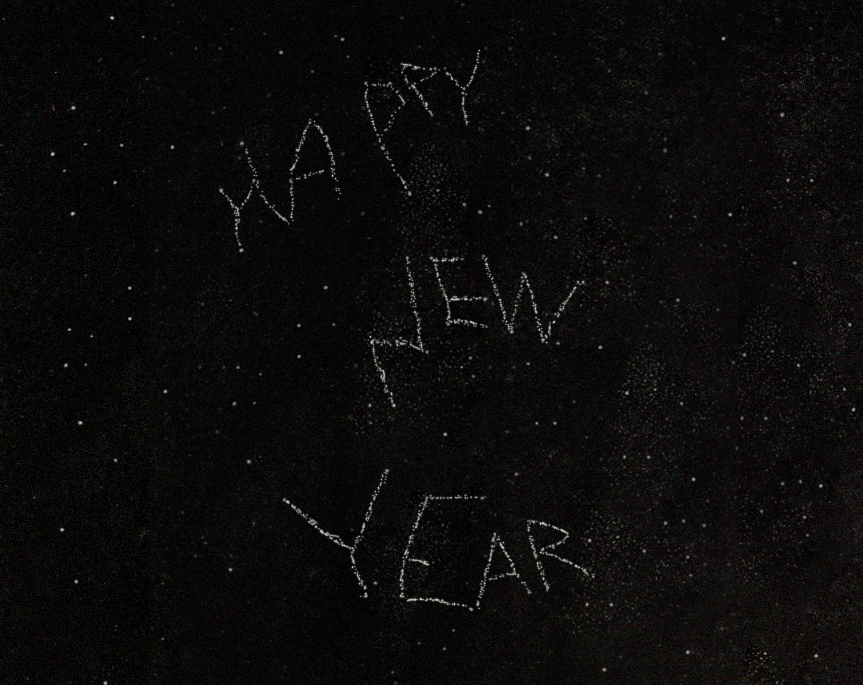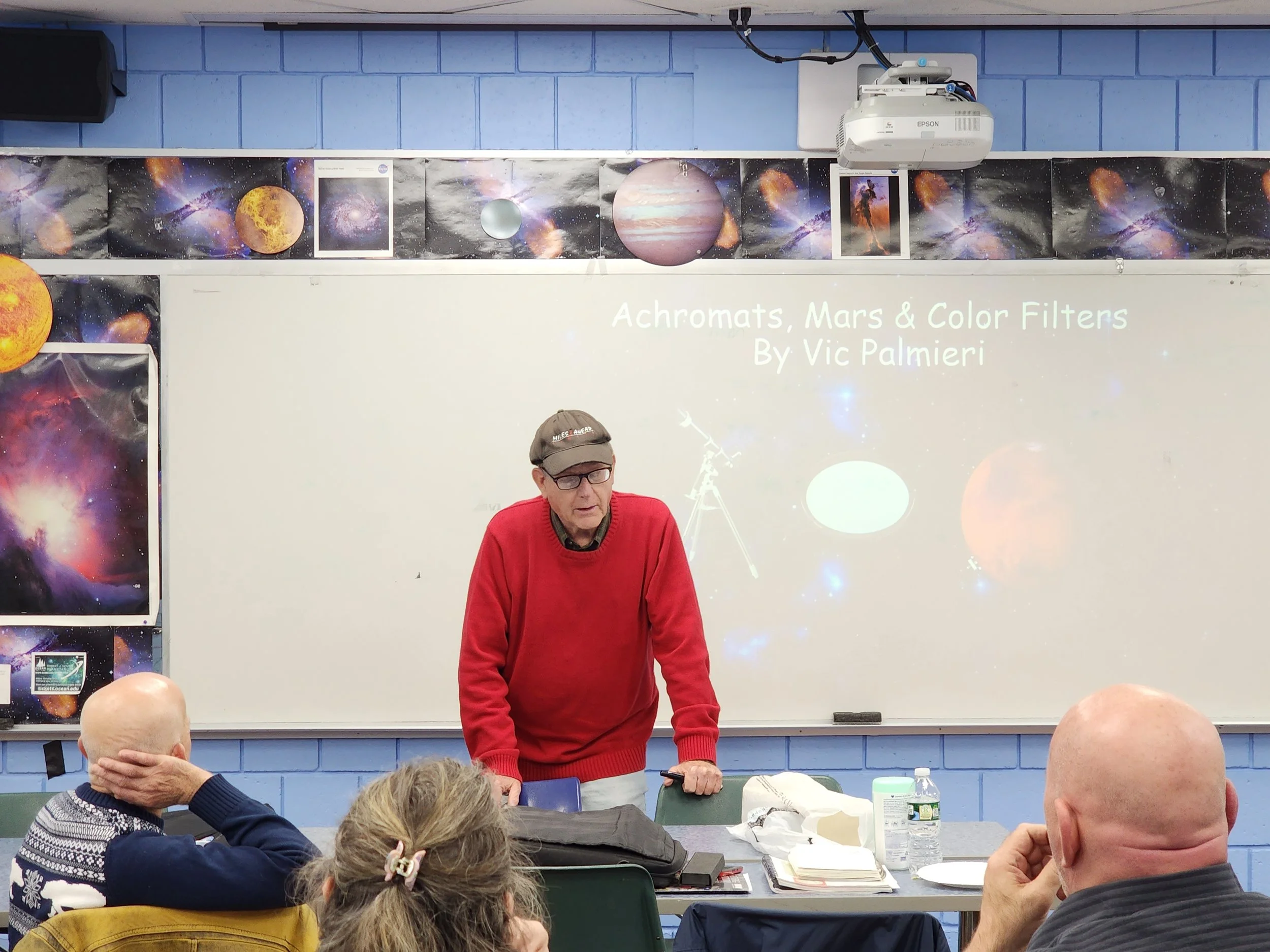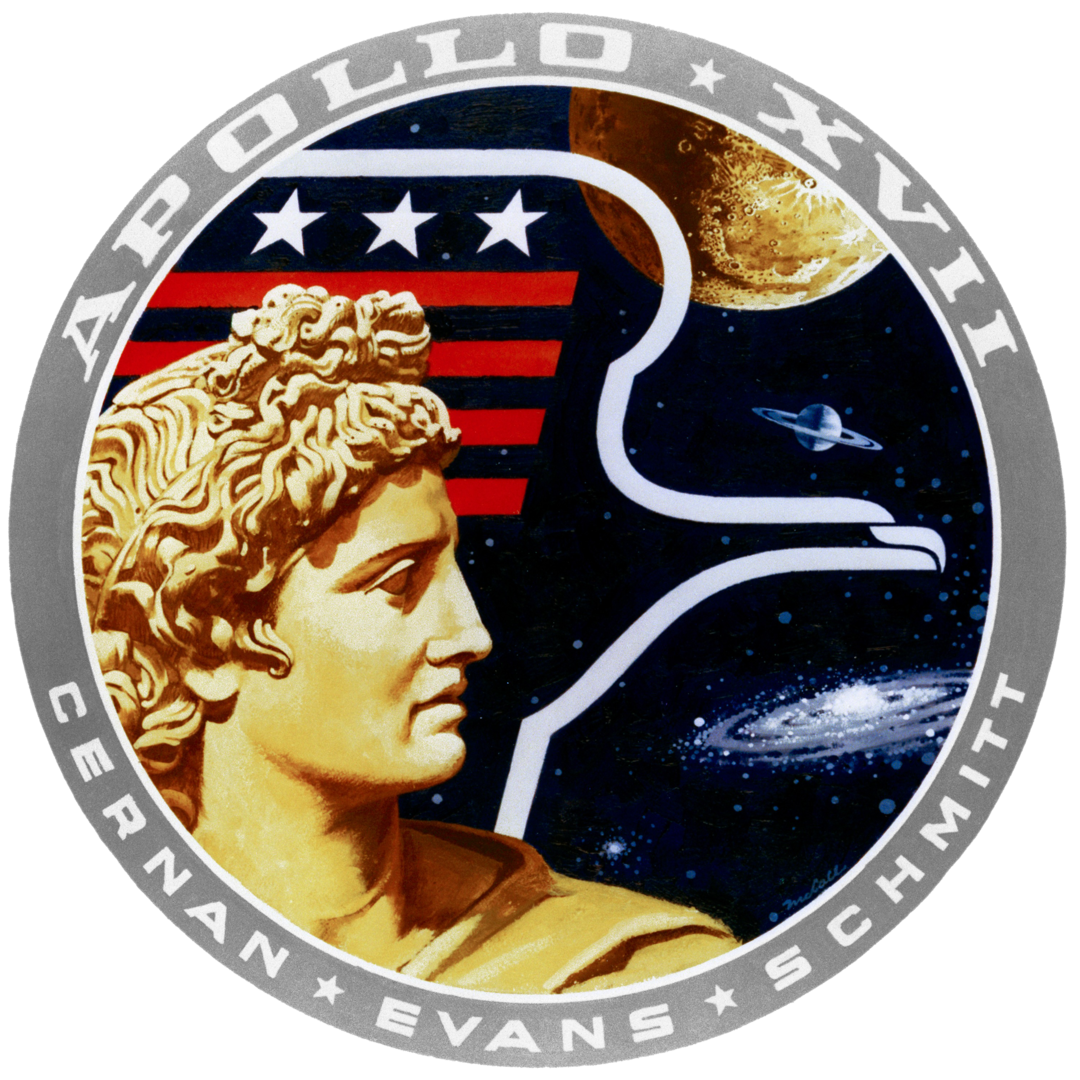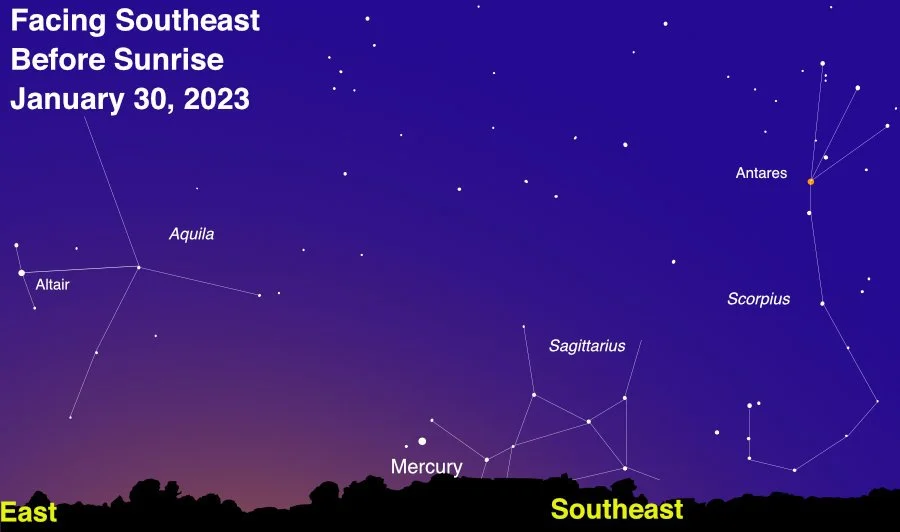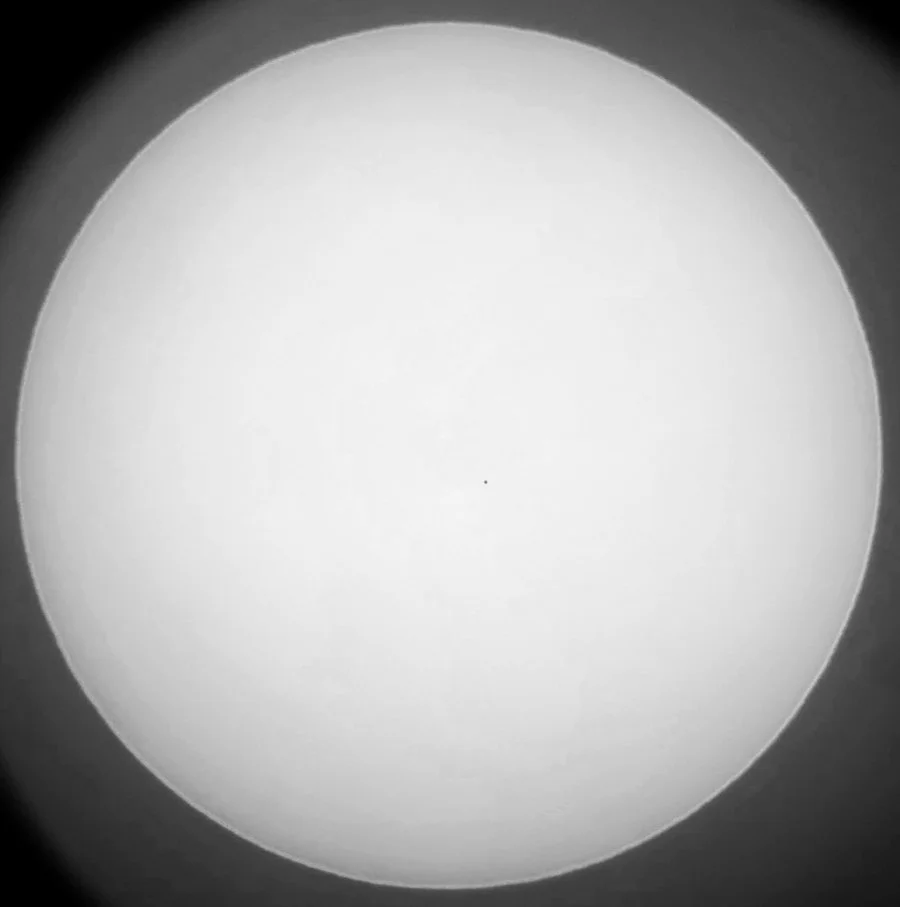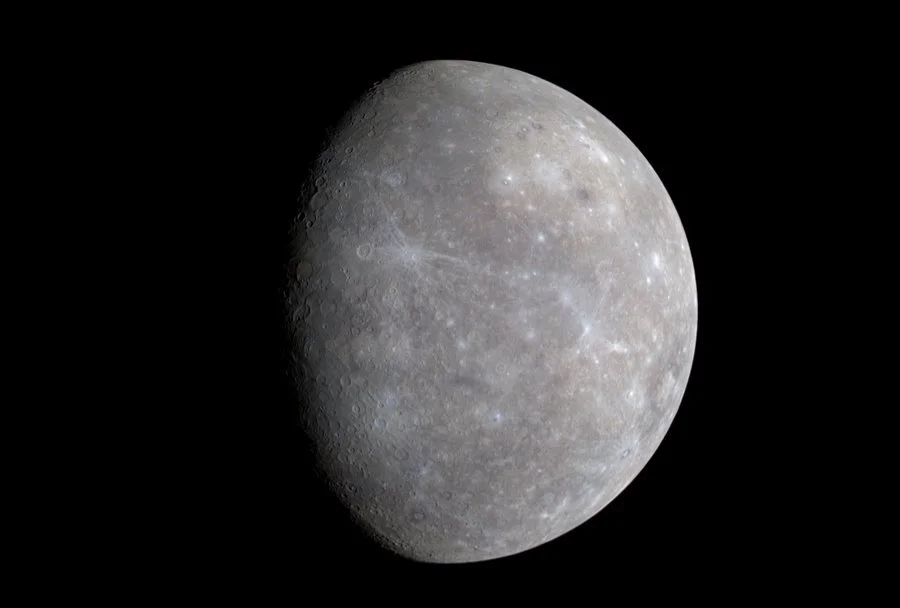Astral Projections Online January 2023
Check our Website for updated content at www.astra-nj.com
Club Presentations Wanted:
Does anyone have any astronomy items of interest to share with the membership?
Please let us know at Club Contacts.
Time to update your membership for 2023
〰️
Time to update your membership for 2023 〰️
Club dues and membership. Please update your membership now for 2023. If you renew after March 31 you will be renewed as a new member.
ASTRAL PROJECTIONS ONLINE (APO for short) is an email-linked publication for members only. If you exit APO to the club website or other resources you will need to use the emailed link again to get back to it. If you wish to retain a copy please bookmark or refer back to the email. We will make all efforts to post by the first week of the month.
Submissions Welcome: Members are invited to submit articles, photos, news, or stories for inclusion with Astral Projections Online. Please contact the ASTRA Webmaster.
Event Calendar
ASTRA’s next meeting will be Friday, January 13, 2023, at 7 PM EST. This will be an in-person meeting at Novins Planetarium - Building 13.
EVENT Cancellations: Members will receive email notifications of an event cancellation.
Upcoming County Park Presentations 2023
Public Outreach Presentations, if any member wishes to support ASTRA outreach efforts with the public, please let Vinny, Ro, or Jim know of any interest.
County Park presentations require a registration fee, call the hosting park to reserve.
Jakes Branch - February 21 - 6 PM - Astronomy with Binoculars
Catus Island - February 28 - 6 PM - Beginner Milkyway Photography
Website Updates …
Please visit our club website. We continue to have additional updates, if there is some content that would be useful to members please let us know.
"Astronomy taught us our insignificance in Nature.”
- Ralph Waldo Enerson - Poet
ASTRA Elections - Completed
The ASTRA elections for 2023 were completed at our December 2022 meeting with no changes. The current board will remain in place.
President - Jim Webster
Vice-President - Vinny Illuzzi
Treasurer - Rosemarie Spedaliere
To all our ASTRA members, families, and friends …
Wishing everyone a Happy New Year
Event Reports
Nothing to report for December 2022
December ASTRA Meeting
Achromats, Mars & Color Filters
By Vic Palmieri
Our December presentation was a last-minute entry by ASTRA member Vic Palmieri. It was on Achromatic telescopes and filters. An interesting subject that also consisted of some excellent visual aids.



For this presentation, Vic's craftsmanship came in handy when he created a visual aid for displaying color filters, and color separation associated with chromatic aberration. It is something to hold onto for an Astronomy day event and could be crafted into a Night Sky Network presentation.
If Vic is willing maybe this could be made into a club production that can be presented to the Night Sky Network.
Our Nearest Neighbor
Let’s explore some interesting features, facts, or myths about our nearest neighbor, the Moon. Without it, life on Earth would be totally different, if not at all.
50th Anniversary of NASA's last Moon mission with Apollo 17.
We’re finally taking steps to get back to the moon. It’s been a long time coming and I know this APO editor is excited.
Apollo 17 was the final mission of NASA's Apollo program, the most recent time humans have set foot on the Moon or traveled beyond low Earth orbit. Commander Gene Cernan and Lunar Module Pilot Harrison Schmitt walked on the Moon, while Command Module Pilot Ronald Evans orbited above.
Little over twelve days the last mission ran from December 7 to December 19, 1972. Gene Carnan has the distinction of being the last man to stand on the moon.
Taurus–Littrow is a lunar valley located on the near side at the coordinates 20.0°N 31.0°E. It served as the landing site for the Apollo 17 mission. The valley is located on the southeastern edge of Mare Serenitatis along a ring of mountains formed between 3.8 and 3.9 billion years ago when a large object impacted the Moon, forming the Serenitatis basin and pushing rock outward and upward.
Taurus–Littrow is located in the Taurus mountain range and south of the Littrow crater, features from which the valley received its name.
The valley's name, coined by the Apollo 17 crew, was approved by the International Astronomical Union in 1973.
Geology Station 6 - Rock and Roll
In this LROC NAC image of the North Massif wall, a long track shows where a boulder rolled down the hill and broke into the cluster of boulders at the base of the North Massif at station 6 of the Apollo 17 traverse. Cosmic-ray exposure ages of the boulder cluster are about 20 million years—we are looking at a ~20-million-year-old boulder tract! Astronauts Cernan and Schmitt explored the site. Several smaller boulders and their tracks as well as small impact craters are also visible. Sun is shining from the left.
A University paper that links to NASA audio and video logs for exploring Geology Station 6 is linked.
Taurus-Littrow, Rock and Roll, NASA Geology Station 6, NASA Rock Sample in 3D
Support Scouting Opportunity
Outreach material below is distributed free for public outreach.
Around The Web
JWST Has Spotted Never-Before-Seen Star Birth in The Carina Nebula, And It's Glorious …
For more visit sciencealert.com
NASA’s Astrophoto Challenge for 2023 … visit earthsky.org for more information.
The challenge runs until February 28, 2023
On the lighter side of astronomy …
Members Submitted Articles & Items
Whatever it is, the way you tell your story online can make all the difference.
Nothing for January
For more go to NASA Jet Propulsion Laboratory webpage: What’s Up: Skywatching Tips From NASA
This article and images are distributed by NASA Night Sky Network
The Night Sky Network program supports astronomy clubs across the USA dedicated to astronomy outreach.
Visit nightsky.jpl.nasa.gov to find local clubs, events, and more!
Spot the Messenger: Observe Mercury
By David Prosper
Most planets are easy to spot in the night sky, but have you spotted Mercury? Nicknamed the Messenger for its speed across the sky, Mercury is also the closest planet to the Sun. Its swift movements close to our Sun accorded it special importance to ancient observers, while also making detailed study difficult. However, recent missions to Mercury have resulted in amazing discoveries, with more to come.
Mercury reaches maximum western elongation on the morning of January 30, which means that your best chance to spot it is right before sunrise that day! Look for Mercury towards the southeast and find the clearest horizon you can. Observers located in more southern latitudes of the Northern Hemisphere have an advantage when observing Mercury as it will be a bit higher in the sky from their location, but it’s worth a try no matter where you live. Binoculars will help pick out Mercury’s elusive light from the pre-dawn glow of the Sun. Image created with assistance from Stellarium
Mercury can be one of the brightest planets in the sky – but also easy to miss! Why is that? Since it orbits so close to the Sun, observing Mercury is trickier than the rest of the “bright planets” in our solar system: Venus, Mars, Jupiter, and Saturn. Mercury always appears near our Sun from our Earth-bound point of view, making it easy to miss in the glare of the Sun or behind small obstructions along the horizon. That’s why prime Mercury viewing happens either right before sunrise or right after sunset; when the Sun is blocked by the horizon, Mercury’s shine can then briefly pierce the glow of twilight. Mercury often appears similar to a “tiny Moon” in a telescope since, like fellow inner planet Venus, it shows distinct phases when viewed from Earth! Mercury’s small size means a telescope is needed to observe its phases since they can’t be discerned with your unaided eye. Safety warning: If you want to observe Mercury with your telescope during daytime or before sunrise, be extremely careful: you don’t want the Sun to accidentally enter your telescope’s field of view. As you may already well understand, this is extremely dangerous and can not only destroy your equipment, but permanently blind you as well! That risk is why NASA does not allow space telescopes like Hubble or the JWST to view Mercury or other objects close to the Sun, since even the tiniest error could destroy billions of dollars of irreplaceable equipment.
On rare occasion, Earthbound observers can observe Mercury, like Venus, transiting the Sun. Mercury frequently travels between Earth and the Sun, but only rarely does the geometry of all three bodies line up to allow observers from Earth to view Mercury’s tiny shadow as it crosses our star’s massive disc. You can see one such event in this photo taken by Laurie Ansorge of the Westminster Astronomical Society on November 11, 2019. If you missed it, set a reminder for Mercury’s next transit: November 13, 2032.
Despite being a small and seemingly barren world, Mercury is full of interesting features. It’s one of the four rocky (or terrestrial) planets in our solar system, along with Earth, Venus, and Mars. Mercury is the smallest planet in our solar system and also possesses the most eccentric, or non-circular, orbit of any planet as well: during a Mercurian year of 88 Earth days, the planet orbits between 29 million and 43 million miles from our Sun – a 14-million-mile difference! Surprisingly, Mercury is not the hottest planet in our solar system, despite being closest to the Sun; that honor goes to Venus, courtesy its thick greenhouse shroud of carbon dioxide. Since Mercury lacks a substantial atmosphere and the insulating properties a layer of thick air brings to a planet, its temperature swings wildly between a daytime temperature of 800 degrees Fahrenheit (427 degrees Celsius) and -290 degrees Fahrenheit (-179 degrees Celsius) at night. Similar to our Moon, evidence of water ice is present at Mercury’s poles, possibly hiding in the frigid permanent shadows cast inside a few craters. Evidence for ice on Mercury was first detected by radar observations from Earth, and followup observations from NASA’s MESSENGER mission added additional strong evidence for its presence. Mercury sports a comet-like tail made primarily of sodium which has been photographed by skilled astrophotographers. The tail results from neutral atoms in its thin atmosphere being pushed away from Mercury by pressure from the nearby Sun’s radiation.
Mercury is hot, small, and heavily cratered across its gray surface, as seen in this image from NASA MESSENGER. Mercury is the most heavily cratered planet in our solar system, since it lacks either a substantial atmosphere or geologic activity to erode surface features like craters - similar in certain aspects to the surface of our own Moon.
Credit: NASA/Johns Hopkins University Applied Physics Laboratory/Carnegie Source: https://solarsystem.nasa.gov/resources/439/mercurys-subtle-colors/
NASA’s Mariner 10 was Mercury’s first robotic explorer, flying by three times between 1974-1975. Decades later, NASA’s MESSENGER first visited Mercury in 2008, flying by three times before settling into an orbit in 2011. MESSENGER thoroughly studied and mapped the planet before smashing into Mercury at mission’s end in 2015. Since MESSENGER, Mercury was briefly visited by BepiColombo, a joint ESA/JAXA probe, which first flew by in 2021 and is expected to enter orbit in 2025 - after completing six flybys. Need more Mercury in your life? Check out NASA’s discoveries and science about Mercury at solarsystem.nasa.gov/mercury/, and visit the rest of the universe at nasa.gov.
Let’s Explore Space - What’s in the Sky January 2023.
IC 342
IC 342 is an intermediate spiral galaxy in the constellation Camelopardalis, located relatively close to the Milky Way. Wikipedia
Radius: 35,000 light-years
Magnitude: 9.1
Absolute magnitude: -21.95
Distance to Earth: 10.76 million light-years
Stars: 100 billion
Visually IC 342 is less impressive than its magnitude suggests, but on very good nights when high overhead it's a fine sight in medium and large size amateur scopes.
The galaxy is best seen from the Northern Hemisphere during the months of November, December and January. It's circumpolar from all latitudes greater than 22N, but not well situated for southern observers where it never climbs very high above the northern horizon.
The neighboring constellation of Cassiopeia is a good starting point for locating IC 342. First, imagine a line connecting Ruchbah (δ Cas - mag. +2.7) and epsilon Cas (ε mag. +3.4) - the two easternmost stars of the "W" asterism - and then extending it in a northeasterly direction for 12 degrees. This barren region of the sky is where the galaxy is found.
Additional information for our astrophotography ASTRA members on IC 342 can be found at:
Astrodoc: Astrophotography by Ron Brecher
Tonight’s Sky: January
In January, the northern hemisphere features beautiful views of Capella, a pair of giant yellow stars; Aldebaran, a red giant star; and two-star clusters—the Hyades and the Pleiades. Keep watching for the awe-inspiring space-based views of the Crab Nebula, the remains of a star that exploded as a supernova.
Visit the STScI which produces Hubblesite.org video overviews for Tonight’s Sky.
They can be found both on Facebook and stsci.edu.
Submissions Welcome
Members are invited to submit articles, photos, news, or stories for inclusion with Astral Projections Online. Please contact the ASTRA Webmaster.

